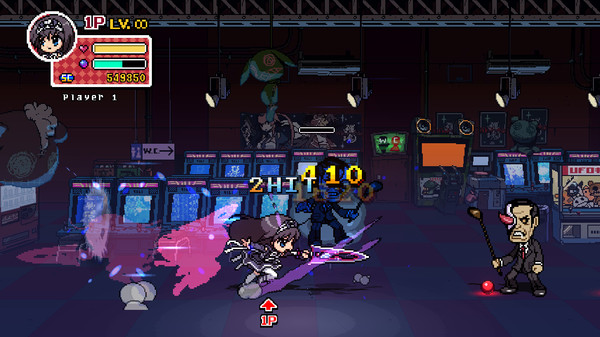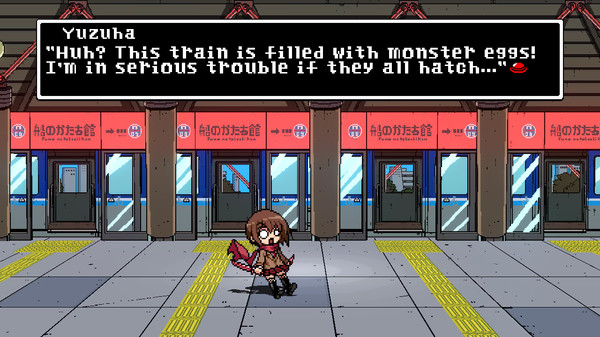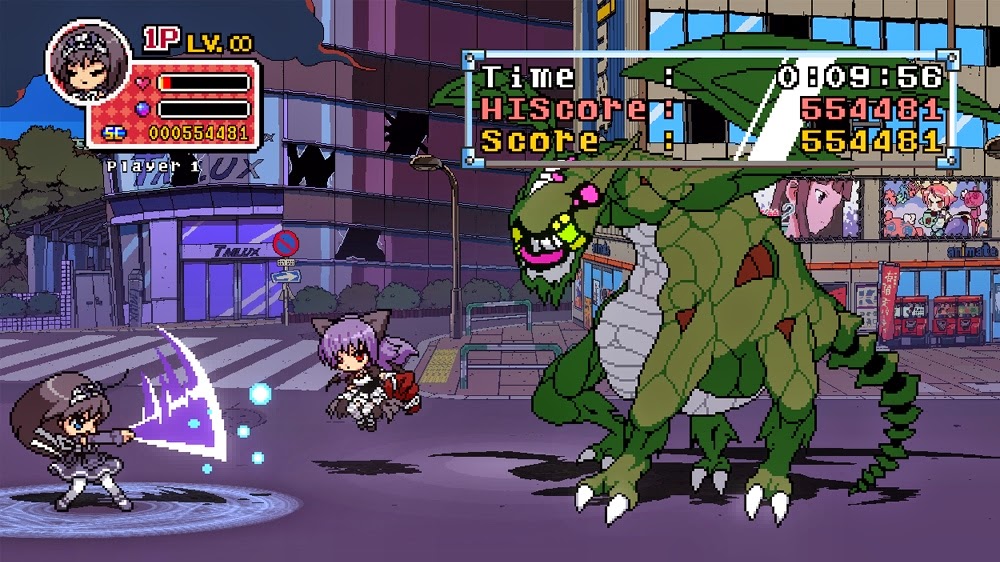Why developers still insist on locking away harder difficulty levels is beyond me. Here we have a novel 2D beat ’em up that oozes style through and through, but its flashiness is soon overshadowed when all the player does is near-mindlessly tap away at the same two or three buttons.
With Phantom Breaker: Battle Grounds, this is so frustrating because the mechanics are more intricate than they initially appear to be but players are expected to sit through lengthy monotonous play sessions in order to even discover this, let alone benefit from the varied play styles.
It’s just a crying shame that all of this system’s potential has to be manually unlocked first. Obviously that statement is a subjective one and going to vary depending on your familiarity with the genre, but once I found a couple of moves with each character that could exploit the enemy AI, the experience became a mindless button masher on any difficulty below Nightmare. Many players will inevitably form their impression of the game during the hours-long story or arcade modes and because even “hard mode” requires minimal thought.
Strategy and skill be darned, though, the game will still grow dull before too long unless you’re absolute genre diehard. Most levels are massive, sprawling ones that simply overstay their welcome by offering little more than new faces to pummel in. The nature of the level-up system also means that, even on high difficulties, your enjoyment will probably decline before level 50. And given that level 40 can be achieved in a single playthrough of arcade mode, you’ll have to rely on multiple characters to get any long-term value from this one until the level cap increases. It’s a shame those characters aren’t a tad more varied because there’s a good number of them and they’re all well designed despite the barely coherent plots surrounding them.
Anime Editor
Email me at: clarka@digitallydownloaded.net











